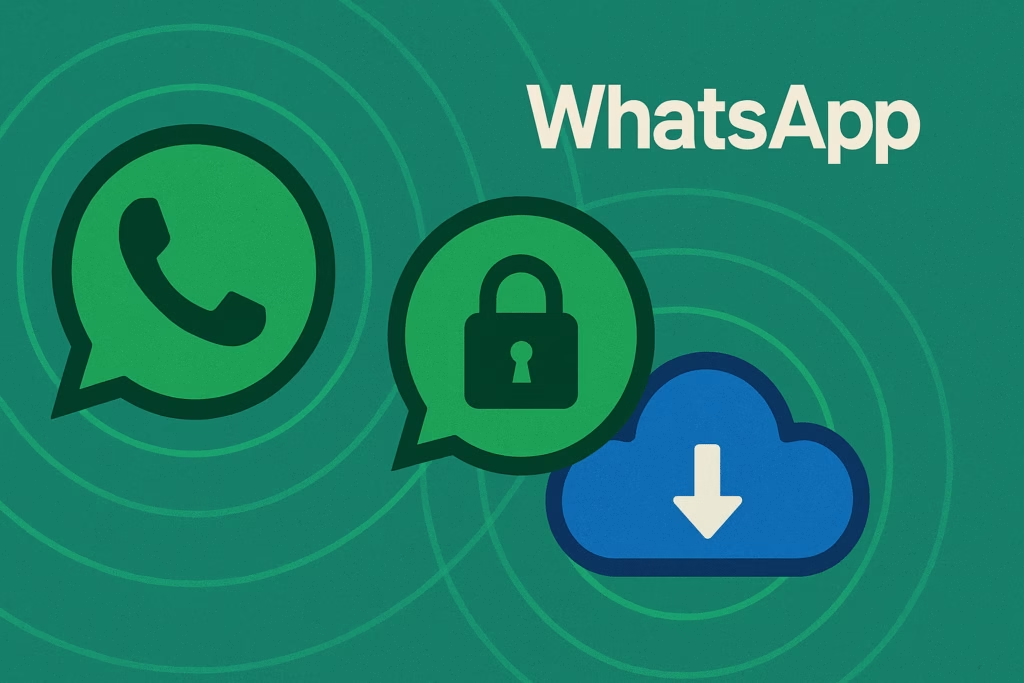
Cybersecurity threats continue to evolve at an unprecedented pace, with phishing attacks representing one of the most persistent and dangerous risks facing individuals and organizations today. According to the FBI’s Internet Crime Complaint Center, phishing scams resulted in over $57 million in losses in 2022 alone. Understanding phishing cybersecurity fundamentals isn’t just recommended—it’s essential for protecting your digital assets, personal information, and business operations.
This comprehensive guide provides actionable strategies to strengthen your defenses against phishing cyber security threats, offering proven techniques that security professionals use to safeguard sensitive data and maintain organizational integrity.
Understanding Modern Phishing Threats
Phishing attacks have evolved far beyond simple “Nigerian prince” emails. Today’s cybercriminals employ sophisticated social engineering techniques that can fool even security-conscious users. These attacks typically involve impersonating trusted entities—banks, government agencies, or popular services—to steal credentials, financial information, or install malware.
Common Phishing Attack Vectors
Modern phishing campaigns utilize multiple attack channels:
- Email phishing: Traditional but increasingly sophisticated email-based attacks
- SMS phishing (smishing): Text message-based social engineering
- Voice phishing (vishing): Phone-based impersonation attacks
- Social media phishing: Attacks through social networking platforms
- Business Email Compromise (BEC): Targeted attacks on organizations
The Cybersecurity and Infrastructure Security Agency (CISA) reports that 90% of successful cyber attacks begin with a phishing email, making this threat vector the primary entry point for most cybersecurity breaches.
Essential Email Security Practices
Email remains the most common vector for phishing cyber security attacks. Implementing robust email security measures provides your first line of defense against these threats.
Identifying Suspicious Emails
Develop systematic approaches to email evaluation:
- Verify sender authenticity: Check sender email addresses for subtle misspellings or unusual domains
- Analyze urgency tactics: Be skeptical of messages demanding immediate action
- Examine links carefully: Hover over links to preview destinations before clicking
- Review attachments: Scan all attachments with updated antivirus software
- Look for generic greetings: Legitimate organizations typically use personalized communications
Advanced Email Authentication
Organizations should implement technical email security measures:
- SPF records: Specify authorized sending servers for your domain
- DKIM signatures: Cryptographically sign outgoing emails
- DMARC policies: Define how receivers should handle authentication failures
- Email filtering: Deploy advanced threat protection solutions
These protocols work together to prevent domain spoofing and ensure email authenticity, significantly reducing successful phishing attempts.
Multi-Factor Authentication Implementation
Multi-factor authentication (MFA) serves as a critical safeguard in phishing cybersecurity strategies. Even if credentials are compromised through phishing, MFA provides an additional security layer that prevents unauthorized access.
Choosing Effective MFA Methods
Not all authentication factors provide equal protection:
- Authenticator apps: Google Authenticator, Microsoft Authenticator, or Authy
- Hardware tokens: YubiKey or similar FIDO2-compliant devices
- Biometric authentication: Fingerprint or facial recognition
- SMS codes: Less secure but better than no MFA
The National Institute of Standards and Technology (NIST) recommends avoiding SMS-based authentication when possible, as these messages can be intercepted through SIM swapping attacks.
Employee Training and Awareness Programs
Human factors represent both the weakest link and strongest defense in cyber phishing protection. Comprehensive training programs transform employees from security risks into active defenders.
Developing Effective Security Training
Successful cybersecurity awareness programs incorporate:
- Regular phishing simulations: Controlled tests that identify vulnerable users
- Interactive learning modules: Engaging content that reinforces key concepts
- Real-world examples: Current phishing campaigns targeting your industry
- Incident response procedures: Clear steps for reporting suspicious activities
- Ongoing reinforcement: Quarterly updates addressing emerging threats
Creating a Security-First Culture
Organizations with strong security cultures experience 50% fewer successful phishing attacks according to research from SANS Institute. This culture develops through consistent messaging, leadership support, and positive reinforcement for security-conscious behaviors.
Technical Safeguards and Infrastructure Protection
While user education remains crucial, technical controls provide automated protection against phishing cyber security threats.
Network Security Measures
Implement comprehensive network protection:
- DNS filtering: Block access to known malicious domains
- Web content filtering: Prevent access to suspicious websites
- Network segmentation: Limit potential damage from compromised systems
- Intrusion detection systems: Monitor network traffic for suspicious activities
- Regular security updates: Maintain current patch levels across all systems
Endpoint Protection Strategies
Modern endpoint protection goes beyond traditional antivirus software:
- Behavioral analysis: Detect suspicious application behaviors
- Application whitelisting: Allow only approved software to execute
- Browser security extensions: Real-time phishing website detection
- Email sandboxing: Analyze attachments in isolated environments
Services like PhishDef provide specialized protection against phishing attacks, offering real-time threat detection and automated response capabilities that complement traditional security tools.
Incident Response and Recovery Planning
Despite best efforts, some phishing attacks may succeed. Effective incident response minimizes damage and accelerates recovery.
Immediate Response Actions
When phishing incidents occur, take these steps:
- Isolate affected systems: Prevent lateral movement of threats
- Change compromised credentials: Reset passwords for affected accounts
- Notify relevant parties: Inform IT security, management, and potentially customers
- Document the incident: Preserve evidence for investigation and learning
- Monitor for suspicious activity: Watch for signs of ongoing compromise
Recovery and Improvement
Post-incident activities should focus on restoration and prevention:
- System restoration: Clean and rebuild affected systems
- Security control review: Identify and address security gaps
- Training updates: Incorporate lessons learned into awareness programs
- Policy revisions: Update security policies based on incident findings
Emerging Threats and Future Considerations
The phishing cybersecurity landscape continues evolving with new technologies and attack methods.
AI-Powered Phishing Attacks
Artificial intelligence enables more sophisticated phishing campaigns through:
- Personalized content: AI generates highly targeted phishing messages
- Voice cloning: Deepfake audio for vishing attacks
- Automated social engineering: Large-scale, personalized attack campaigns
- Evasion techniques: AI helps bypass security controls
Mobile Device Threats
Mobile phishing attacks are increasing as smartphone usage grows:
- App-based phishing: Malicious applications that steal credentials
- QR code attacks: Malicious QR codes leading to phishing sites
- Mobile-optimized phishing sites: Websites designed specifically for mobile browsers
- Push notification phishing: Fake security alerts through mobile notifications
Key Takeaways
Effective phishing cyber security requires a comprehensive approach combining technical controls, user education, and organizational commitment. Key strategies include:
- Implementing robust email authentication and filtering systems
- Deploying multi-factor authentication across all critical systems
- Conducting regular security awareness training and phishing simulations
- Maintaining current technical safeguards and monitoring systems
- Developing and testing incident response procedures
- Staying informed about emerging phishing cybersecurity threats
Organizations that combine these elements with specialized solutions like PhishDef create multiple layers of protection that significantly reduce the risk of successful phishing attacks. Remember that cybersecurity is an ongoing process requiring continuous attention and adaptation to new threats.
Ready to strengthen your organization’s phishing defenses? Contact PhishDef today to learn how our advanced threat protection platform can help safeguard your business against evolving phishing cyber security threats. Our comprehensive solution provides real-time protection, automated incident response, and detailed analytics to keep your organization secure in an increasingly dangerous digital landscape.


